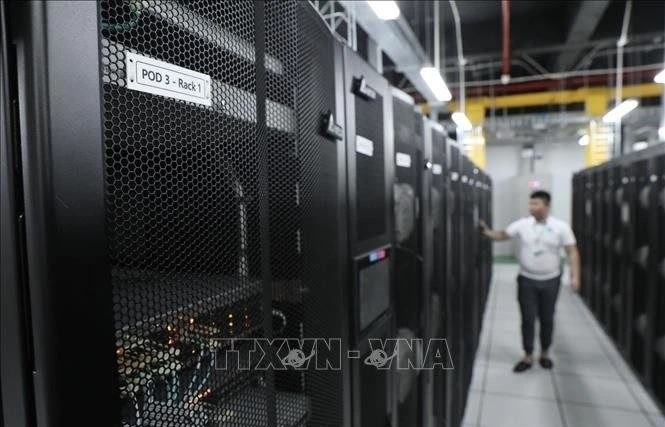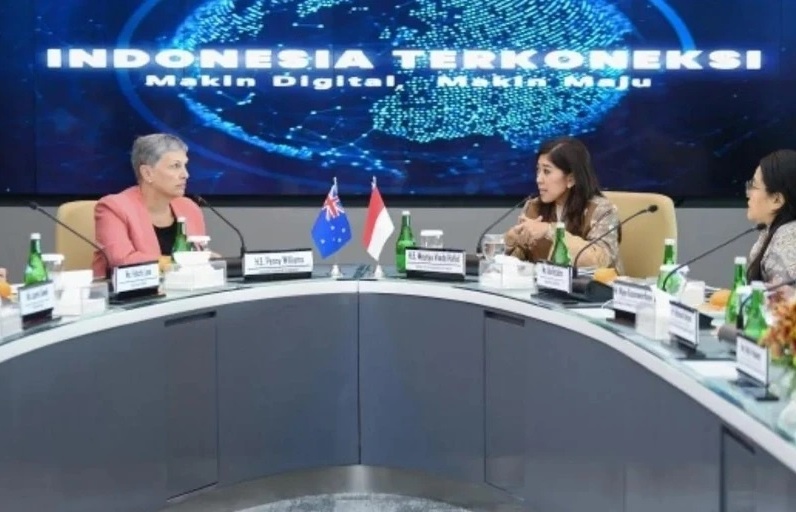ASEAN to boost business growth

During the Invest ASEAN 2015 conference held by Maybank Kim Eng in Singapore, Maybank group president and CEO Datuk Abdul Farid Alias stressed that a unified ASEAN marketplace would be home to a substantial supply of rising middle-class consumers with discretionary spending.
“The region is the world’s seventh largest economy and has been experiencing strong economic growth rates,” stressed Alias, adding that successful integration into this regional powerhouse would take disruptive innovation technology, effective branding and strategic marketing.
Maybank Kim Eng research showed that ASEAN was currently at a capital expenditure inflection point and given the removal of trade barriers and a jump in regional capital expenditure would expectably create tremendous growth in the years to come.
According to Feisal Zahir, Maybank head of global banking, the intra-ASEAN foreign direct investment (FDI) has been steadily building up over the past five years, from around 10 per cent of the total FDI flowing into the ASEAN countries in 2009 to approximately 22 per cent in 2014.
"FDI into ASEAN has also increased from $91 billion in 2011 to an estimated $123 billion in 2014, which further indicates a potential for continuous growth,” added Zahir.
Meanwhile, intra-ASEAN trade and trade with China are also picking up, according to the research. In 2016, intra-ASEAN trade is estimated to make up 30 per cent of total ASEAN trade and by 2020 the figure is estimated to bolster up to 35 per cent. Trade with key trading partner China was also reported to be on the rise. China accounted for 12.9 per cent of total ASEAN trade in 2012 and 14 per cent in 2013.
Maybank Kim Eng group CEO John Chong said the economic integration could bring an increase in corporate exercise.
"We expect to see more M&A activities as businesses in the region consolidate. The exercise of fund raising will also rise, driven by the businesses' regional expansion and demand for new infrastructure," said Chong, adding that Maybank Kim Eng was proud to be able to provide investors with unrivalled access to this region.
In order to meet the demand for capital rise, an estimated $7 trillion will be needed by ASEAN economies to cover infrastructural needs between 2014 and 2030, including the development of transport, power, water, telecommunications, commercial properties and residential properties. Amongst these countries, Vietnam in particular will probably need to set aside $0.7 trillion to meet the infrastructural demands for capital rising.
What the stars mean:
★ Poor ★ ★ Promising ★★★ Good ★★★★ Very good ★★★★★ Exceptional
Latest News
More News
- Tropical storm Trami leaves at least 24 people dead in Philippines (October 24, 2024 | 17:36)
- Singapore grants conditional approval for solar power import from Australia (October 24, 2024 | 17:27)
- ASEAN digital economy set to reach $2 trillion by 2030 (October 22, 2024 | 15:08)
- Thailand asks Laos to waive visa fee at border checkpoints to boost tourism (October 21, 2024 | 17:23)
- Laos pledges to continue efforts to empower girls (October 21, 2024 | 17:17)
- Chinese electric vehicle maker to build plant in Indonesia (October 21, 2024 | 17:12)
- Vietnam Elevator Association introduces Elevator Safety Application to the world (October 18, 2024 | 09:00)
- A taste of the future - the go-to spot at the Worldchefs Congress & Expo 2024 (October 15, 2024 | 16:11)
- Jakarta to impose household waste levy (October 14, 2024 | 16:49)
- China, Laos plan to build connectivity development corridor with Thailand (October 14, 2024 | 16:19)




















 Mobile Version
Mobile Version